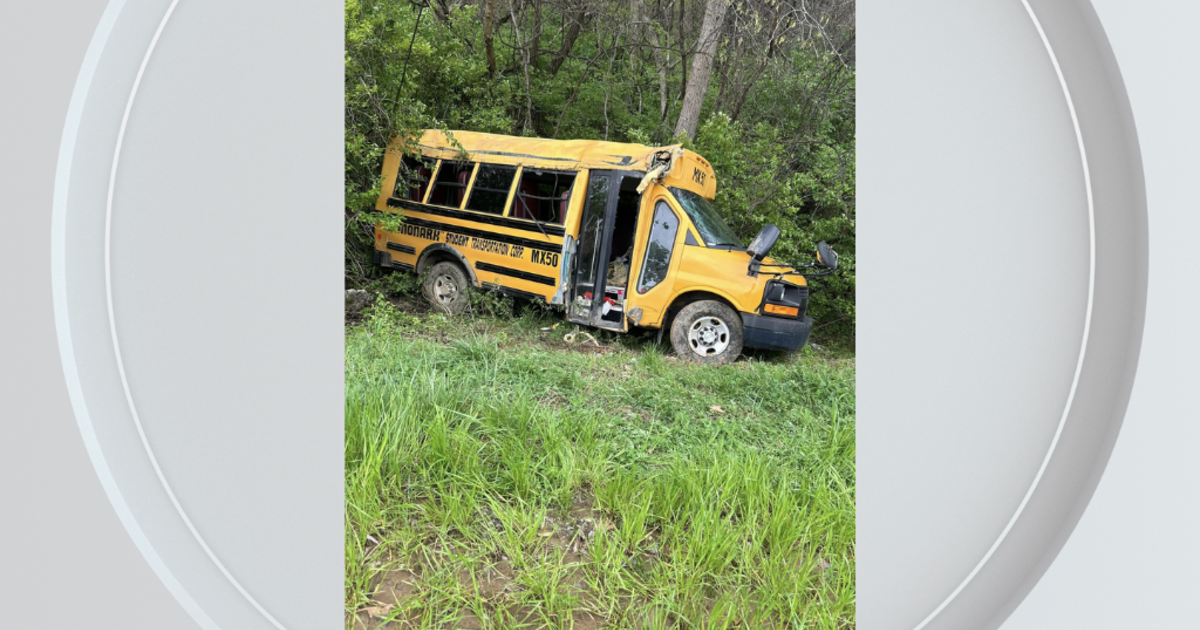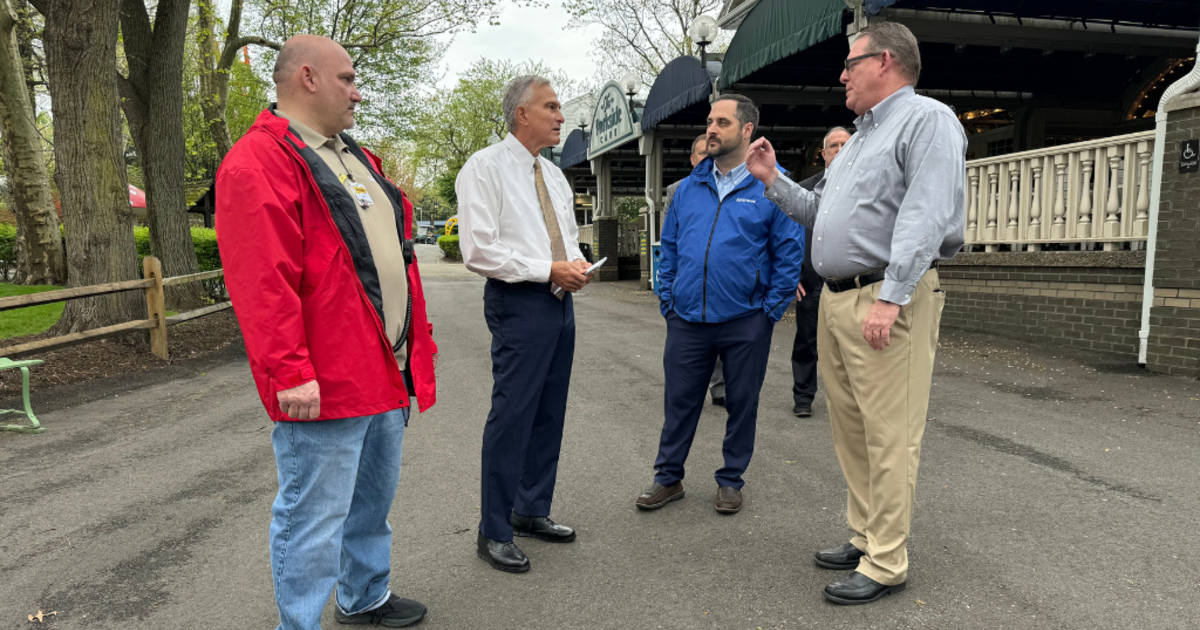KDKA's Jon Burnett Benefits From Neurosurgical Neck Procedure
PITTSBURGH (KDKA) - What Jon Burnett did on his summer vacation ended up being a serious "pain in the neck."
"I said, 'Guys, I got bad news for you. I can't move and I can't feel my toes or fingers," Burnett said.
A congenital condition in Burnett's neck called "Cervical Stenosis" was traumatized in a water tubing accident on an East Tennessee lake.
Most of the feeling returned almost immediately. Three months later, Burnett was losing the ability to move his head.
His first trip to a surgeon was a wake-up call.
KDKA's Mary Robb Jackson reports:
"The doc said, 'You're lucky. You could have been permanently paralyzed,'" Burnett said.
Burnett said hearing how the doctor wanted to fix the problem was equally as sobering.
"I think we should fuse the spine, need to remove the vertebra and put a plate in and four-to-six weeks of recovery," Burnett said.
Indianapolis Colts star quarterback Peyton Manning underwent that more traditional surgical approach for his neck injury. He's still on the sidelines.
However, Burnett sought a second opinion and learned about a minimally invasive neurosurgical option developed 20 years ago by Dr. Hae Dong Jho.
Dr. Jho, who performs his procedure at Allegheny General Hospital, leaves the on-camera interviews to his assistant, Patrick Wallace.
"You can have this with an acute injury or chronic wear-and-tear, arthritic changes too," Wallace said.
Cervical Stenosis is a condition in which bone spurs form and narrow the spinal canal causing pressure and pain.
KDKA's Jon Burnett on Pittsburgh Today Live:
During surgery, Dr. Jho makes a tiny incision near the front of the neck. Opening the spinal canal, he shaves off the boney tissue causing the compression.
There is no bone fusion, so neck motion is preserved.
"We want to preserve the natural anatomy as much as possible," Wallace said.
Olympic gold medalist and professional wrestler Kurt Angle, who suffered what was thought to be a career-ending neck injury, was operated on by Dr. Jho and went back to the ring.
Over two decades and 3,000 patients later, Dr. Jho said his success record is about 98 percent.
Burnett's pre-op scan showed how the bone spurs were compressing the spinal cord. A post-op scan showed the tunnel was now open with no evidence of any compression.
About 72 hours after his overnight stay at the hospital, the numbness and tingling faded and Burnett was able to keep up with his grandson Eli.
His only souvenir was one small incision.
"Instead of four-to-six weeks, look at me! I had this surgery three days ago," Burnett said.
RELATED LINKS
More Local News
More Health News
More Reports From Mary Robb Jackson



